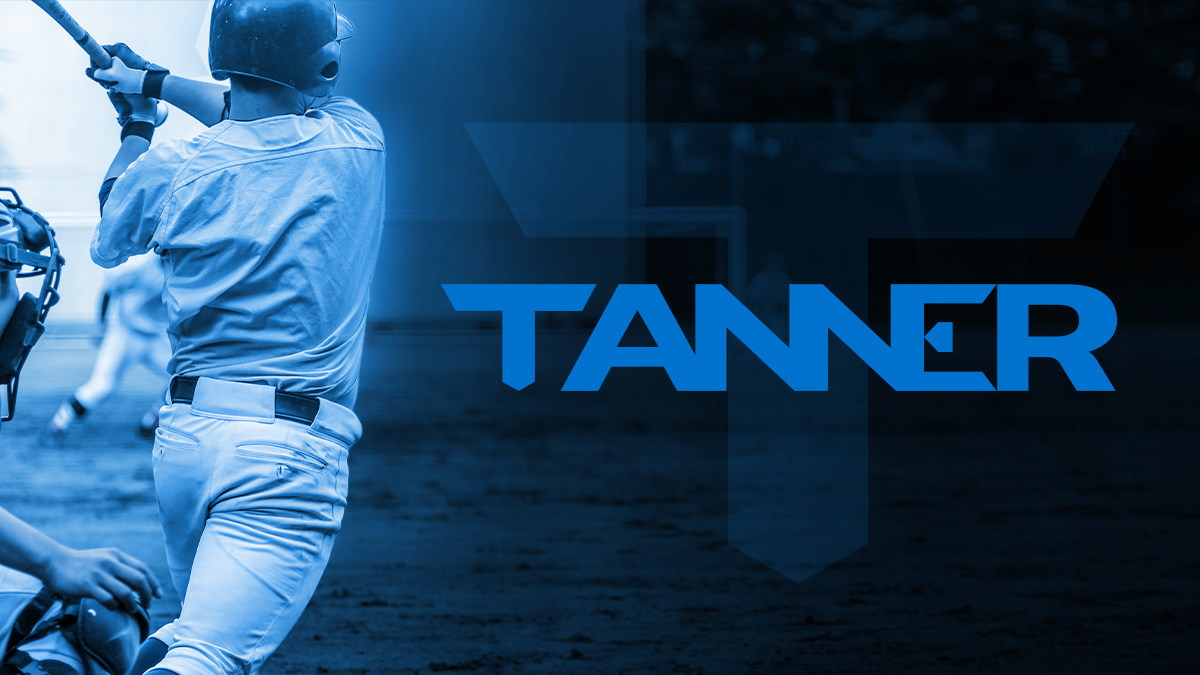Search Articles
COMPLETE GUIDE TO choosing YOUR BEST BATTING TEE

Est. Reading:
6 min
Published: May 5, 2025
Article Contents
Top Rated Baseball Tees, plus Asking the right questions and Pro tips to find the one that's best for you
When choosing your best batting tee, there are 6 important questions you need to ask yourself if you're going to avoid "buyers remorse." And then down below, we'll break down 3 of the top rated best batting tees (according to Amazon reviews) so you can choose which baseball tee best fits your needs.
Answer these 6 questions truthfully, and you'll find the best batting tee for YOUR situation.
Quality vs BUDGET
Batting Tees can vary wildly in price.
You can pay $30, or $300, or even more, for a baseball tee.
But are the more expensive ones worth it? The answer is both yes and no.
Certainly, you have to hit a certain price point to get away from cheap plastic and bad rubber parts.
Budget tees use plastic parts, thinner/cheaper metal and less-durable rubber to save money.
The problem is that these "money saving" tees (usually in the $25 to $75 range) can break after just one use! It only takes one hard hit in the wrong place to break them.
Best Batting Tee Tip: A baseball tee is only as good as its cheapest part. Cheap materials can break with just ONE hit in the wrong spot. They also break down quickly with wear & tear. And since the tee sales page won't say "cheap plastic parts," price is usually one of the best indicators that cheap parts were used.
And not only can these budget baseball tees break easily with one hit in the wrong spot, but they ALSO also can't handle much wear and tear.
This is when you're going to see sagging rubber that either:
- Won't hold the weight of the ball anymore
- Swallows the ball up, so it interferes with seeing the ball and with hitting it
And since most serious youth, high school, college and pro players are taking swings at least 5 out 7 days a week... if not all 7 days... we need to understand that realistically, cheaper components simply won't hold up very long.
[insert testimonial about buy 3 tees in the space of time you could have bought one good one]
Now, if you're buying a 1st tee for a youngster, who may or may not play more than one year of tee ball, then durability isn't your first concern. Or if you are happy to buy a new tee each year, or even several times per season, then you can ignore this part.
However, if you want your tee to last, then you'll want a tee made with high-quality metal and rubber.
A high quality tee that belongs to an experienced hitter - meaning they're not constantly missing the ball and smashing the tee - can hold up for many years. (I know some pro guys that still have their Tanner Tees from 15 years ago!)
But if you have a younger player that IS going to miss from time to time, the durability of the batting tee becomes even more important.
Best Batting Tee Tip: For ULTRA-durability, look for the phrase "Commercial Grade"
Are the REALLY expensive batting tees worth it?
While you CAN find baseball tees out there that cost as much as $600, there's really no reason to pay that much. There are plenty of high quality options in the $80 to $120 range. Even commercial baseball facilities and professional baseball players really have no need to pay more than that!
Best Batting Tee Tip: Beware of gimmicks. A batting tee is one of the most important pieces of training equipment a baseball player can use, so I would never recommend buying gimmicks before you have the essentials.
How does it affect your swing?
Having the wrong batting tee isn't JUST annoying... it can also create bad swing habits.
Bad rubber can be floppy and swallow the ball.
But it can also be overly stiff.
What is your player's experience level? Does he or she ever miss the ball?
This might sound upside-down, but the more inexperienced a hitter is, the more you're going to want a high quality tee!
Like I said earlier, you can break a cheap tee with one bad hit.
Players who may swing hard but occasionally miss the ball and hit the tee will run into 2 problems:
- Wear and tear on the tee
- knocking the tee over
The younger or more inexperienced a player is, the more these 2 things will be a concern.
Concern #4 - Ball Visibility
Concern #5 - Does it interfere with the swing
Weighted or Non-weighted?
This is personal preference, but it is something you'll want to think about before you purchase.
I've seen reviewers get mad because non-weighted tees tip over easily if you hit the rubber. The problem is... that's what they're supposed to do!
But if you don't fancy having your tee fall over or scoot around on you, then you'll want to either:
- Add your own weight
- Buy a tee that is already weighted.
Most of the higher end tees will come weighted already. The ideal weight to stabilize a tee is going to be between 5 and 15 lbs. Anything more than that is just making it unnecessarily difficult to travel with.
Do pros use it?
Asking yourself this question is NOT about trying to be cool or keep up with the pros... it's about finding a piece of equipment that is practical and just flat out works well.
Professional baseball players typically use their batting tee every day for about 10 to 11 months out of the year. This means taking thousands of swings in a season. They want something that simply just works, without causing any annoyance or problems.
Do you need to travel with it?
There are some high quality but very LARGE and heavy batting tees out there. This might be fine if you don't ever plan to move it. However, if you're like most people, you might use it sometimes at home with a net, but you ALSO want to be able to take it to a field or batting cage and really see how the baseball is coming off the bat.
Some tees are NOT meant to travel.
For example, the Magic Tee Baseball and Softball Inverted Batting Tee is a probably a high quality tee (for $599 it better be!) but it has a plastic base that must be filled with water to weigh it down. In other words, unless you plan to drain and re-fill it every time, it's not moving.
There are other popular tees that weigh more than 20 lbs, which is far more than the 3 to 13 lbs of weight that you might want on the base to increase stability and keep it from falling over.
Best Batting Tee Tip: Look for a weighted tee under 15 lbs that travels easily.
The higher quality ones with easily unscrew from the base so you can fit them in your baseball bag.
"Best Batting Tees" must have stellar reputation and reviews
Before you pull the trigger on a tee, don't be afraid to ask around!
Ask coaches, ask online. And of course, read the reviews!
There are too many great options out there with a reliable track record to settle for a knockoff or cheap tee that's going to quickly break.
Does the company back it?
Things like warantee
Can Parts be replaced?
There are several advantages to having replaceable parts.
- It's a sign of quality - Have you ever purchased a hobby remote control or "RC" car? The first sign that you've graduated from the Walmart kids version to the REAL THING is that the parts can be replaced. With the best batting tees, even if you don't plan to buy replacement parts, the fact that it's an option are a very good indicator that the parts were high quality to begin with.
- Saves $ - If the rubber or some other part gets worn out or breaks, you can just replace it without having to buy a new base
- Grows with you - If you start with a youth size stem, you can change it out for regular size stem without having to buy a whole new tee
How High should a batting tee be?
Ideally, you want to be able to adjust your batting tee from the low part of the strike zone to the high part.
So obviously, this will be different depending on the player's height.
The good news is that for anyone over the age of 8, a standard adjustable tee will work just fine.
| Tanner the Original | Tanner Pro | Tanner Heavy | |
| Patented FlexTop | ✔︎ | ✔︎ | ✔︎ |
| 1 Hand Adjustable | ✔︎ | ✔︎ | ✔︎ |
| Portable | ✔︎ | ✔︎ | ✔︎ |
| Fully Replaceable Parts | ✔︎ | ✔︎ | ✔︎ |
| Softball & Baseball | ✔︎ | ✔︎ | ✔︎ |
| Ultra Durable | ✔︎ | ✔︎ | ✔︎ |
| Commercial Grade | ✔︎ | ✔︎ | |
| Weighted Base | ✔︎ | ✔︎ | |
| Base Description | Lightweight | Metal with Handle | Rubber coated metal |
| Total Weight | 6 LBS | 11lbs | 13 LBS |
| Use with home plate/uneven surface | ✔︎ | ||
| Shared Features | |||
| Warantee | 1 Year | 1 Year | 1 Year |
| Adult/Standard Height (8 years & up) | 26 - 43 Inches | 26 - 43 Inches | 26 - 43 Inches |
| Youth/Low Height (8 years & younger) | 20 - 32 Inches | 20 - 32 Inches | 20 - 32 Inches |
| Low Ball Height | 16 - 23 Inches | 16 - 23 Inches | 16 - 23 Inches |


